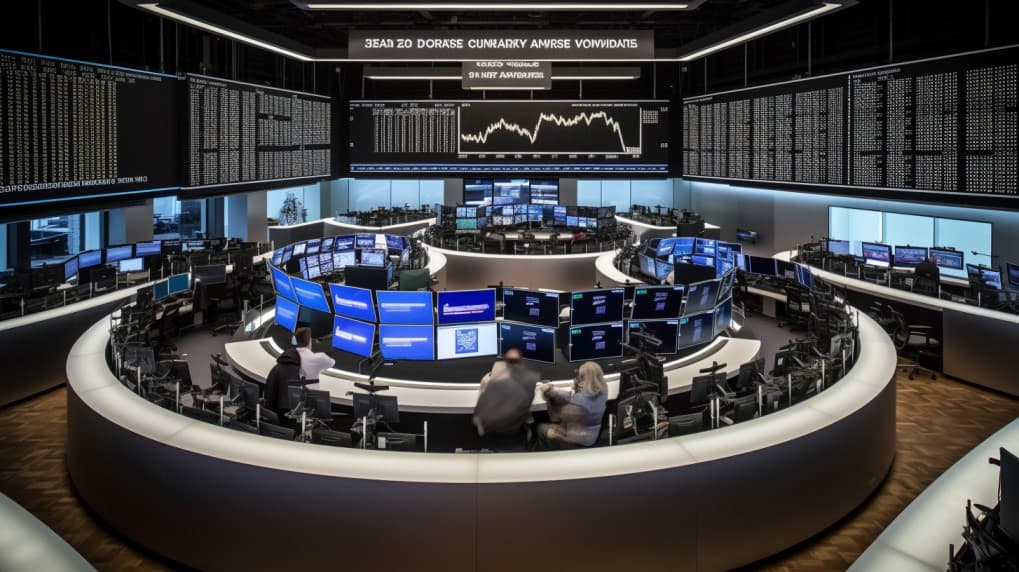
AMLP VS XLE: Capitalization Strategy
When it comes to investing in the energy sector, there are numerous financial instruments available to investors. Among the most debated choices are AMLP (Alerian MLP ETF) and XLE (Energy Select Sector SPDR Fund). Both of these funds offer unique opportunities and risks. In this article, we will dissect the key differences between AMLP and XLE, providing investors with a clearer understanding of which might be the better fit for their portfolio.
AMLP VS XLE: Sectors and Top Holdings
At a high level, the primary difference between AMLP and XLE is the sectors and companies they target. AMLP focuses primarily on midstream energy companies, which include pipeline operators, storage facilities, and other energy infrastructure organizations. In contrast, XLE provides exposure to companies from across the energy sector, including oil & gas producers, service companies, and more. Some of the top holdings in AMLP include names like Enterprise Products Partners and Energy Transfer. These are companies involved in the transportation and storage of energy products. Conversely, XLE has heavyweights like Exxon Mobil and Chevron among its top constituents. These are global giants involved in both the production and refining of oil and gas.
AMLP VS XLE: Capitalization Strategy
Capitalization strategy plays a crucial role in determining the risk and reward profile of an investment. AMLP tends to focus more on mid-cap companies in the midstream sector. This focus can lead to higher yields, as these types of companies typically generate consistent revenue streams from long-term contracts. However, they might also exhibit greater volatility compared to larger corporations. XLE, on the other hand, offers a more diversified approach. It has a blend of both large-cap and mid-cap companies from across the energy sector. The presence of mega-corporations in its portfolio provides stability, while the inclusion of smaller companies offers growth potential.
 AMLP overlap AMLP VS XLE
AMLP overlap AMLP VS XLE
AMLP VS XLE: Tracking and Exposure
Both AMLP and XLE are designed to track specific indices. AMLP follows the Alerian MLP Infrastructure Index, which is comprised of 30 midstream energy infrastructure companies. The fund aims to provide investment results that closely mirror the performance of this index.
XLE tracks the Energy Select Sector Index. This index encompasses companies from the oil, gas, consumable fuels, and energy equipment & services industries. As such, XLE offers broader exposure to the energy sector compared to AMLP.
Another point to consider is global exposure. While both funds primarily focus on U.S. companies, XLE's broader mandate means that it might occasionally have more significant international exposure, especially through multi-national corporations.
Conclusion
In the grand scheme of AMLP VS XLE, the decision comes down to what an investor values most. If someone is looking for targeted exposure to midstream energy infrastructure companies, AMLP might be the preferred choice. Its concentration on this niche provides unique growth and income opportunities, albeit with potential volatility.
On the other hand, if an investor seeks broad-based exposure to the energy sector with a mix of both stability and growth potential, XLE stands out. Its diversified holdings and larger capitalization bias can offer a more balanced risk profile.
Regardless of choice, investors must be mindful of the inherent risks associated with the energy sector, such as geopolitical issues, regulatory changes, and commodity price fluctuations. Always conduct thorough research or consult with a financial advisor before making investment decisions.
Sources:
- Alerian - AMLP Fund Overview
- SPDR - XLE Fund Overview
- Morningstar - Energy Sector Analysis
AMLP ETF issuer
AMLP ETF official page
XLE quote and analysis
Discover the top holdings, correlations, and overlaps of ETFs using our visualization tool.
Our app allows you to build and track your portfolio.
To learn more about the XLE Energy Select Sector SPDR Fund, access our dedicated page now.